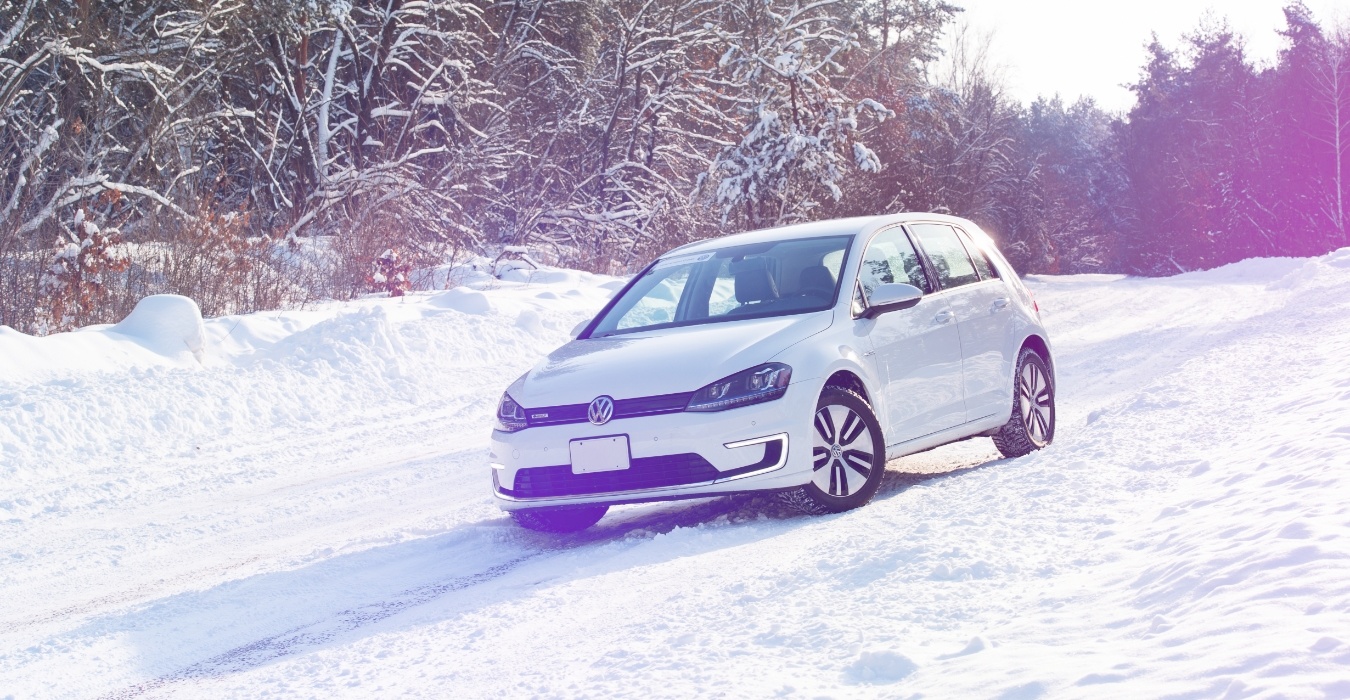
Fear of range is the latest buzzword. Many people who want to switch to an electric car are put off by the sometimes short range, because they fear that they will eventually get stuck halfway. In doing so, they often cover far fewer kilometers a day than they think.
One of the main barriers potential electric car buyers see when purchasing an electric car is range. This barrier is also known as "range fear". Anyone who has ever stood on the side of the road with an empty tank and had to wait for a friend with a canister can understand these concerns.
Fear of excessive reach
This “range fear” that people can experience before buying an electric vehicle is, however, in most cases unfounded. If you take a closer look at the total length of daily trips, the range of most electric cars is completely sufficient. A lot of people are deterred by the distance of the annual vacation trip, but how important is a distance that you only cover twice a year? During such a long journey, it is advisable to take a break every now and then to stretch your legs. So if the electric vehicle you are proposing is suitable for quick charging, you might be wondering how bad it is to take a half-hour break from driving. Make a virtue out of necessity and use the time to have a nice lunch somewhere, after all, you are on vacation.
40-80 kilometers per day
Most of the vehicles on the road could already be replaced by electric vehicles. Even if there is no possibility of charging for the entire day, an electric car can still transport you successfully through everyday life. According to a study, drivers across Europe drive an average of 40-80 kilometers per day and need an average of 2.5 car trips. If you consider that the average range of an EV is 250 to 300 kilometers, then it is a fact that the electric vehicles currently in the showroom are quite capable of covering the daily distances in an environmentally friendly manner.
However, the car manufacturers are already addressing the fear of the short range and are relying on larger battery packs and thus on a longer range. We also see different approaches. Mazda has given the MX-30, for example, a modest 35.5 kWh battery pack, which means that the range after the WLTP cycle is only 200 kilometers. The Mercedes-Benz EQS, on the other hand, has a maximum range of 731 kilometers thanks to a particularly large battery pack of 107.8 kWh. Both ideas have their rights because of course it's nice to have a long range, but if you have to drag a very large and heavy battery with you, it's still not very efficient. If you can live with a shorter range for the everyday trips, the Mazda mentioned earlier will be an option.
The range of future electric vehicles is increasing
As mentioned earlier, automakers are investing heavily in improving the battery capacity of electric vehicles to remove one of the biggest buying barriers. Increasing battery capacity will increase the range of electric vehicles. If we take a closer look at the upcoming new models, we can see that the range of electric vehicles is increasing. And of course that's good news.
An EV cannot be supported by an internal combustion engine like a plug-in hybrid. Empty is really empty. You should also keep in mind that the electrical range stated by the manufacturers is a theoretical range. The actual electric range of an electric car is often less and depends on various factors that we will briefly discuss.
Factors that affect the range
There are certain external and internal influencing factors that can have a negative impact on the range of an electric vehicle. When you buy an electric car, you can take a course to learn how to get as many electric kilometers out of your car as possible. There you will learn how to best deal with everyday factors when driving an electric car in order to maximize the range.
Things you shouldn't do to negatively affect the range of an electric car are:
- An aggressive driving style
- Driving in hilly terrain
- Non-stop high speeds
- Strong headwind
- Extra weight (e.g. three passengers and luggage)
- Temperatures above 25 degrees Celsius (due to the use of the air conditioning) or below 10 degrees Celsius (due to the heating of the interior and the battery pack).





